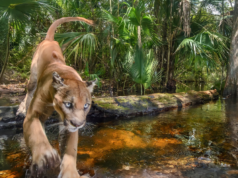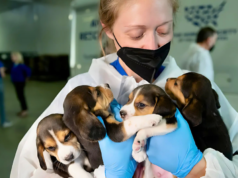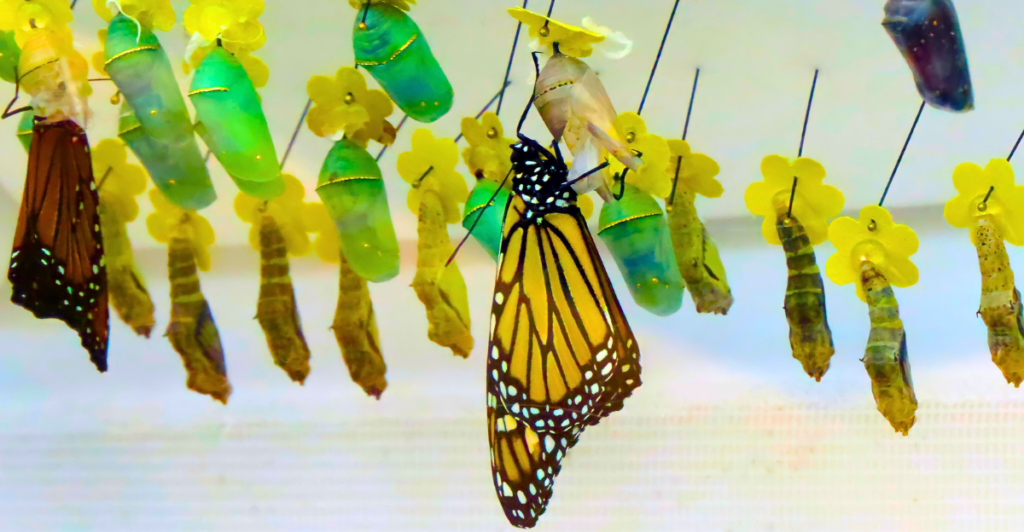
The California pipevine swallowtail butterfly, known for its striking iridescent blue wings, faced a significant decline in San Francisco due to habitat loss and the scarcity of its host plant, the California pipevine. Urban development and environmental changes contributed to the reduction of this native plant, leading to a decrease in the butterfly’s population. The species’ survival became uncertain as suitable habitats diminished, highlighting the need for conservation efforts to restore its numbers.
Tim Wong: A Passionate Biologist
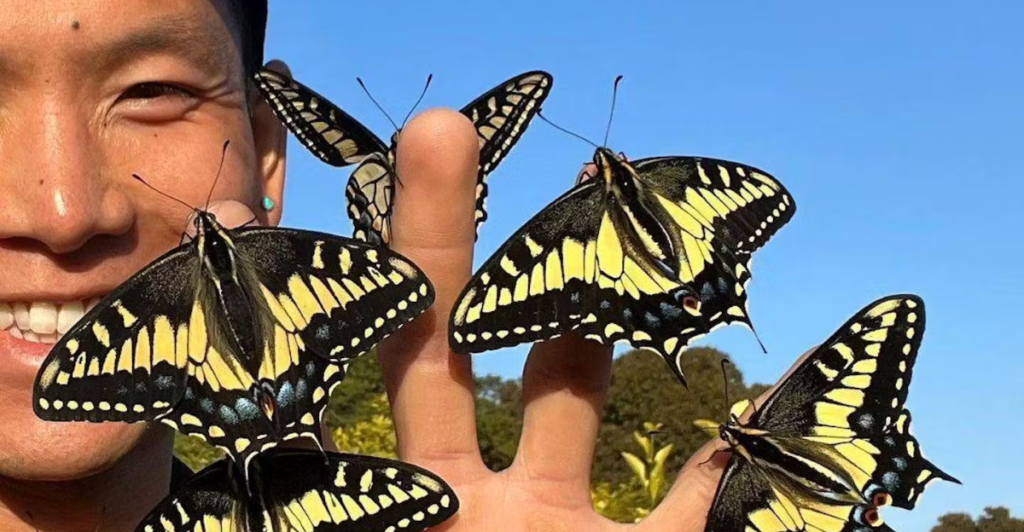
Tim Wong, a dedicated biologist at the California Academy of Sciences, developed a keen interest in butterflies from a young age. His passion for lepidopterology and conservation led him to focus on the plight of the California pipevine swallowtail. Recognizing the challenges faced by this species, Wong decided to take action to restore its population within San Francisco, demonstrating how individual efforts can contribute to environmental conservation.
The Search for the Host Plant
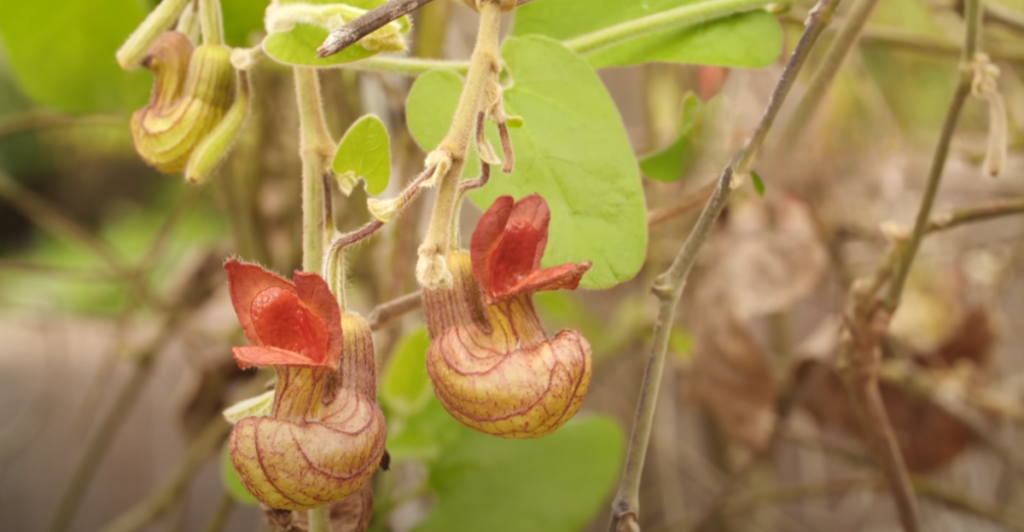
Understanding that the California pipevine swallowtail relies exclusively on the California pipevine plant for its life cycle, Wong sought to locate this essential flora. He discovered that the plant had become exceedingly scarce in the city, further complicating conservation efforts. After extensive research, Wong found specimens of the plant at the San Francisco Botanical Garden, which permitted him to take clippings to cultivate in his backyard.
Creating a Backyard Sanctuary
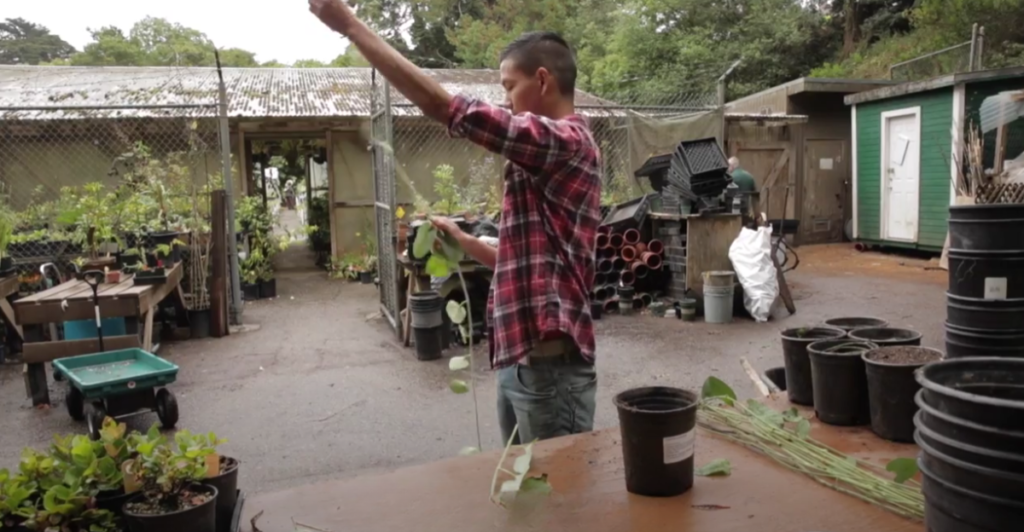
Wong transformed his backyard into a sanctuary for the butterflies by constructing a large screen enclosure. This structure protected the butterflies from predators and allowed them to mate under natural environmental conditions. He meticulously cultivated the California pipevine plants within this enclosure, ensuring a controlled and safe environment for the butterflies to thrive. This setup also facilitated close observation and study of their behaviors and needs.
Raising the Caterpillars
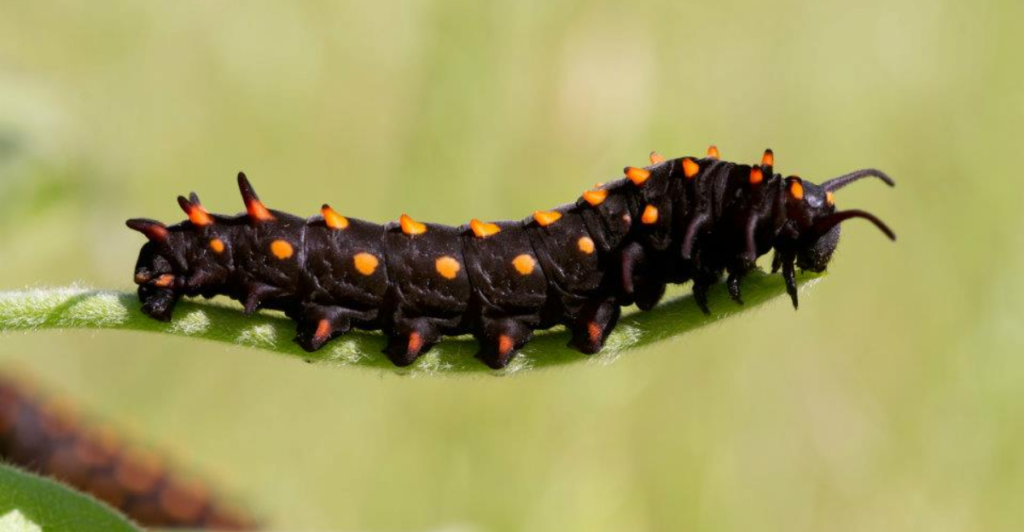
With the habitat prepared, Wong introduced 20 California pipevine swallowtail caterpillars collected from areas outside the city. He provided diligent care, monitoring their development as they fed on the pipevine plants. The caterpillars eventually pupated, forming chrysalises, each exhibiting unique durations before emerging as butterflies. Wong’s hands-on approach ensured a high survival rate, contributing to the gradual increase of the butterfly population.
Reintroducing Butterflies to the Wild
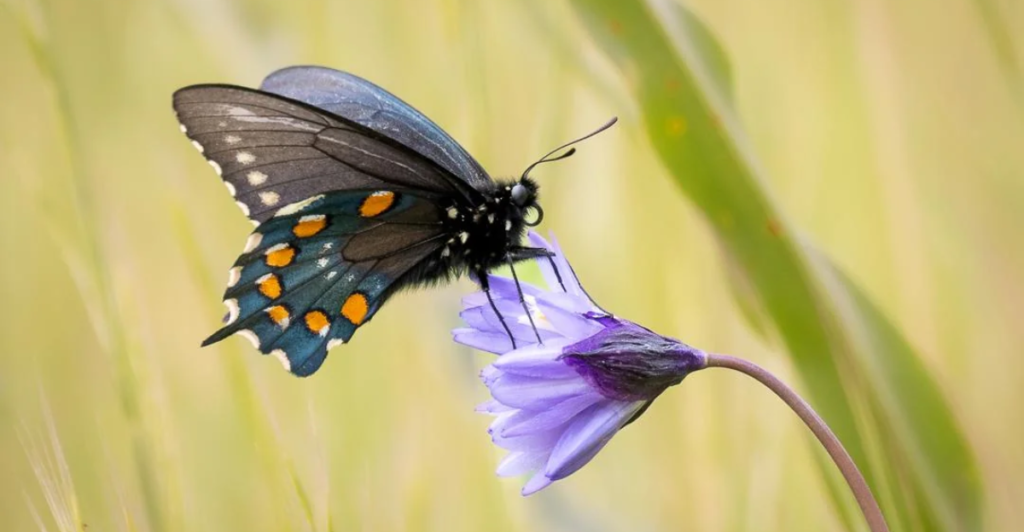
Upon successfully raising multiple generations of butterflies, Wong began reintroducing them into suitable habitats within San Francisco, particularly in areas where the California pipevine plant had been restored. This strategic reintroduction aimed to reestablish a self-sustaining species population in its native environment. Wong’s efforts demonstrated the potential for localized conservation initiatives to impact species recovery significantly.
Community Engagement and Education
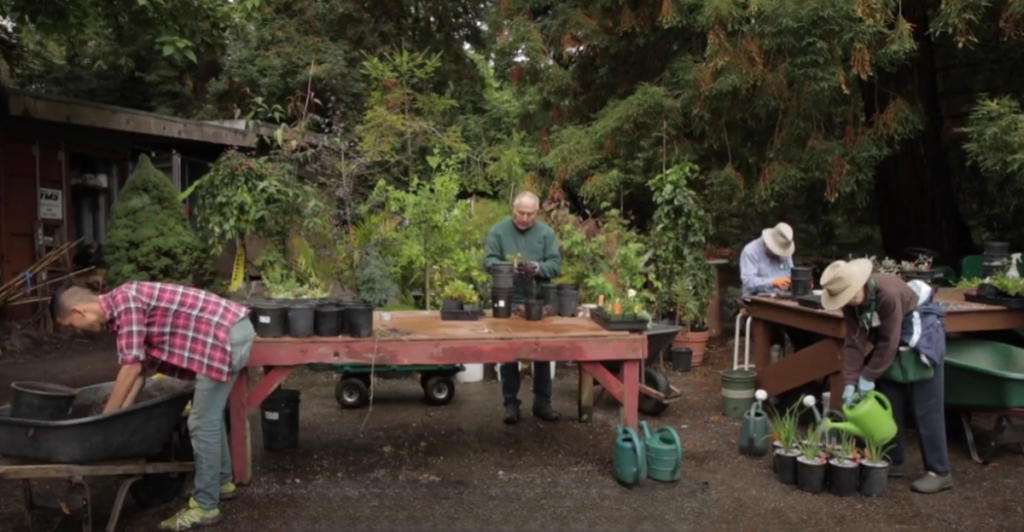
Wong’s project garnered attention from the local community and media, raising awareness about the importance of native plant species and their role in supporting local wildlife. He engaged with community members, sharing knowledge on creating pollinator-friendly habitats and encouraging others to participate in conservation efforts. His work highlighted how individual actions can contribute to broader environmental stewardship.
Challenges and Perseverance
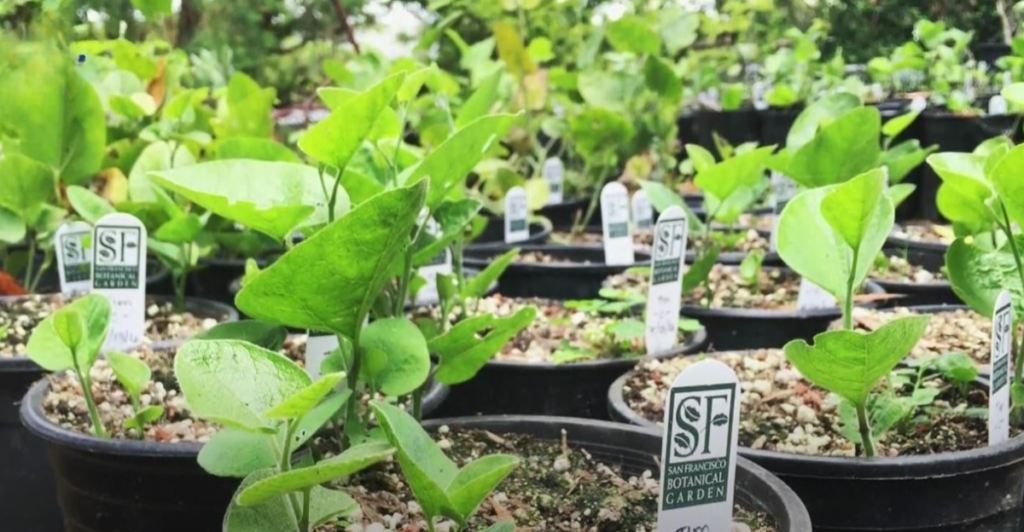
Throughout the project, Wong faced challenges such as maintaining the health of the pipevine plants, protecting the butterflies from disease, and ensuring genetic diversity within the population. His perseverance and adaptive management strategies were crucial in overcoming these obstacles. Wong’s experience underscores the complexities of species conservation and the dedication required to succeed.
The Impact of Urban Conservation
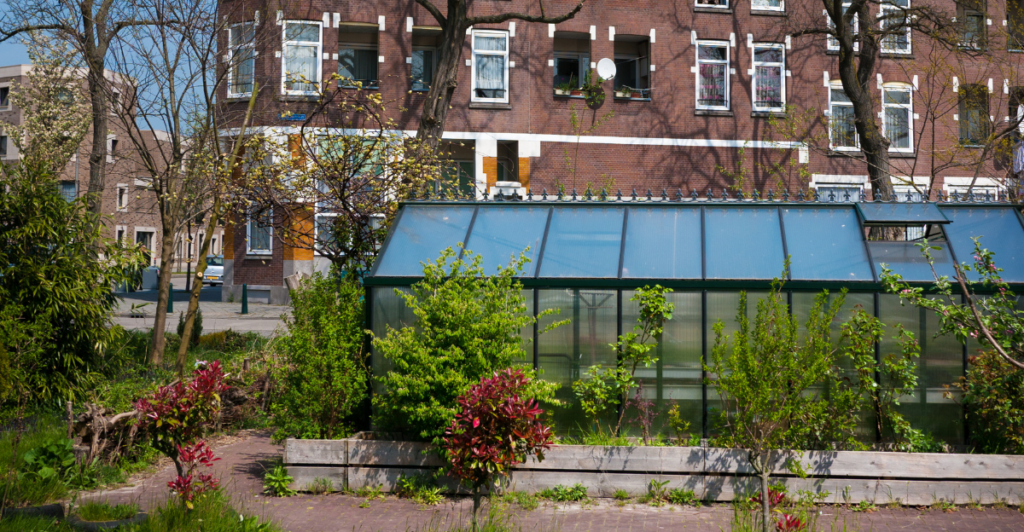
Wong’s initiative serves as a model for urban conservation, demonstrating that even small-scale projects can have a meaningful impact on biodiversity. By restoring native plant species and providing suitable habitats, urban areas can support wildlife conservation. Wong’s backyard project exemplifies how individuals can contribute to preserving endangered species within city environments.
Recognition and Inspiration
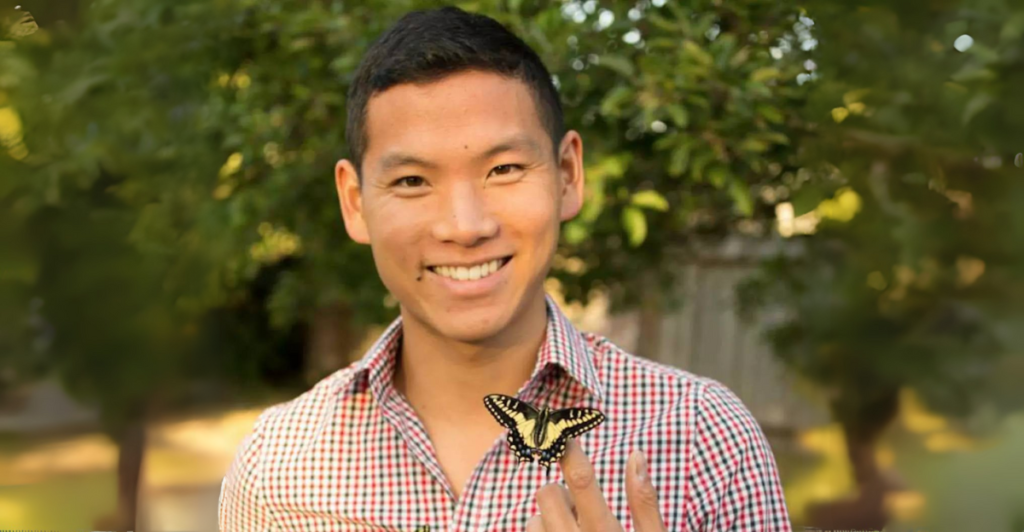
Wong’s work received recognition from conservation organizations and inspired others to undertake similar projects. His success story has been featured in various media outlets, highlighting the effectiveness of grassroots conservation efforts. Wong continues to advocate for environmental stewardship, encouraging individuals to support local ecosystems proactively.
The Current Status of the Butterfly Population
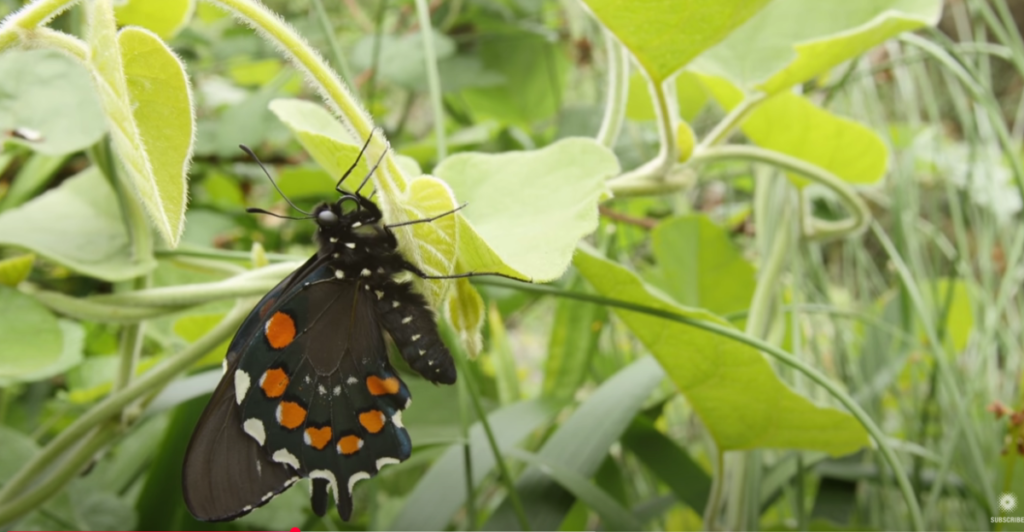
As a result of Wong’s dedicated efforts, the California pipevine swallowtail population in San Francisco has shown signs of recovery. While still considered vulnerable, the increased sightings of these butterflies indicate a positive trend. Ongoing monitoring and habitat maintenance are essential to ensure the long-term sustainability of the population. Wong’s project provides valuable insights into effective conservation practices for other at-risk species.
Lessons Learned and Future Directions
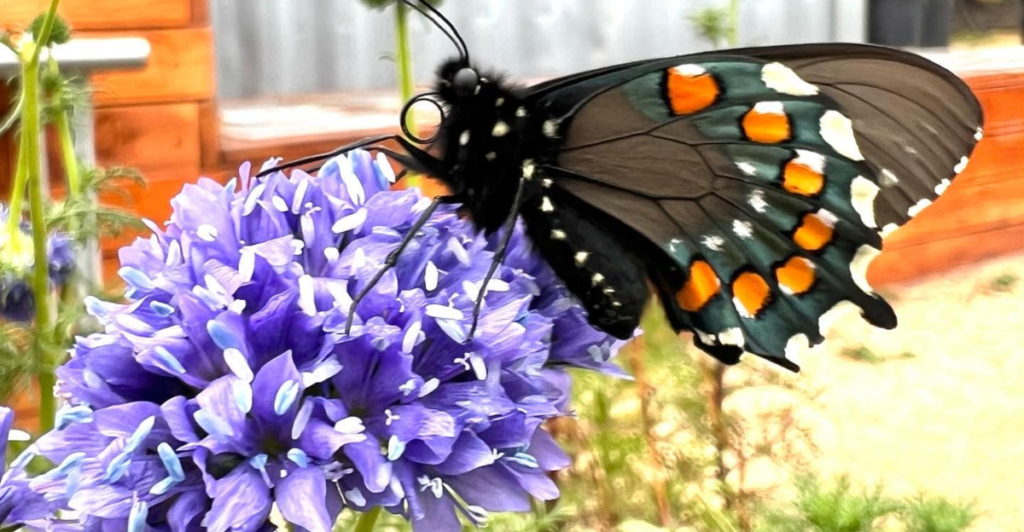
Wong’s experience highlights the importance of understanding species-specific needs, the role of native plants in ecosystems, and individuals’ impact on conservation. Future efforts may focus on expanding habitat restoration projects, fostering community involvement, and promoting policies that support urban biodiversity. Wong’s work is a blueprint for similar initiatives to preserve endangered species.
A Call to Action
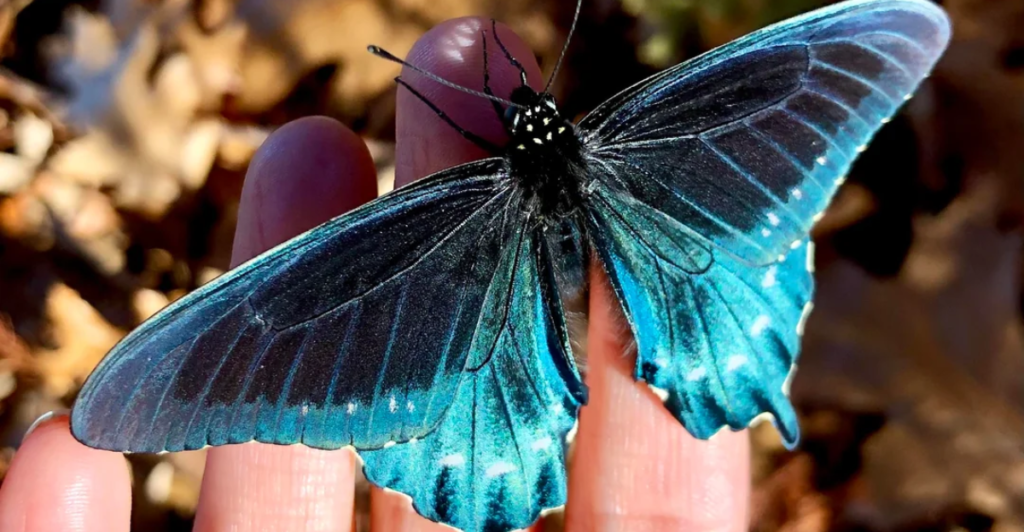
The story of Tim Wong and the California pipevine swallowtail butterfly underscores the power of individual action in conservation. It serves as a reminder that proactive efforts, no matter how small, can
Discover more of our trending stories and follow us to keep them appearing in your feed

Bobcats Are Making a Comeback—And They Might Be Protecting Us From Disease
27 New Species Found in Peru, Including Blob-Headed Fish and Amphibious Mouse
California Is Breaking Apart: A Fault Line Is Forming Faster Than Anyone Predicted
“There Will Be Eruptions”: Concerns Mount as Yellowstone Supervolcano Activity Shifts
This article first appeared here
Stay connected with us for more stories like this! Follow us to get the latest updates or hit the Follow button at the top of this article, and let us know what you think by leaving your feedback below. We’d love to hear from you!


